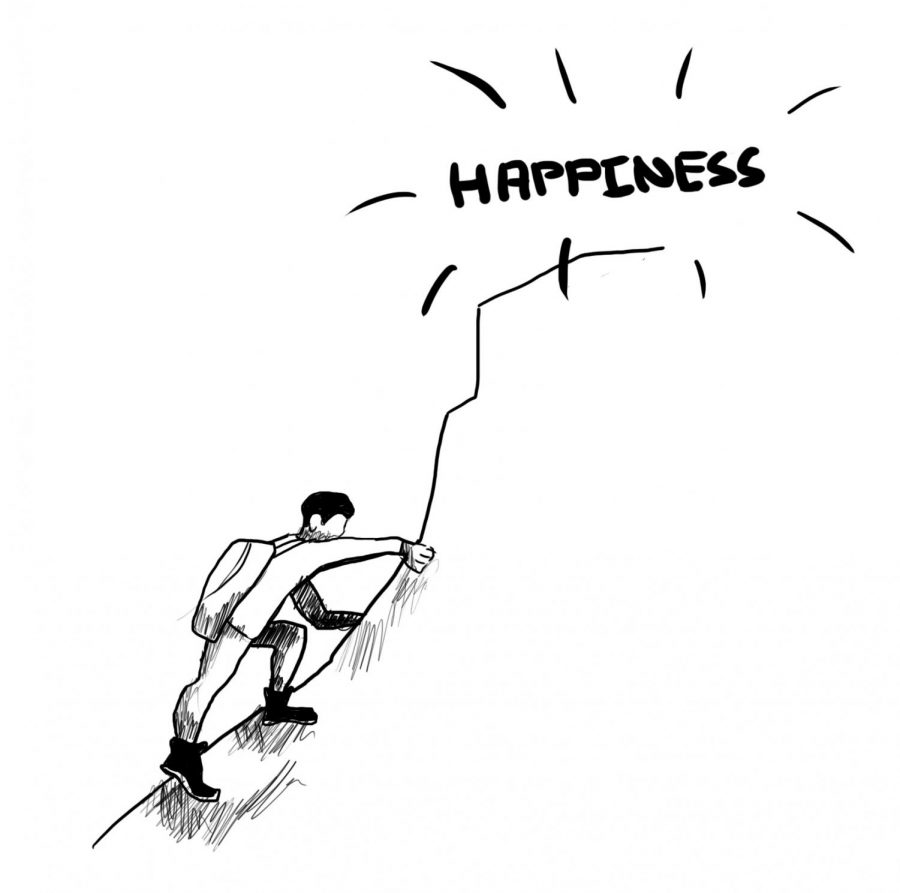Last weekend, the California Democratic party convened for its annual meeting where it debated and amended a party platform that addresses 23 issues ranging from “business and the economy” to the last category, “world peace.” Unfortunately, none of the 9,000 words managed to address the true issue: California is a failed state.
While the term “failed state” is usually reserved for sovereign states that have been taken over by warlords or Somali pirates, it also applies to one of the 50 domestic states whose government cannot address or solve the problems it faces. That pretty much sums up my home state of California.
Only three states in the country have the supermajority requirement, that is, the requirement that both houses of a legislature have two-thirds votes to pass a budget. Sixteen states have the same supermajority requirement for raising taxes. California got this second supermajority requirement: commonly known as Proposition 13: because of an ill-advised experiment in direct democracy.
Twenty-four states have the referendum and initiative process that allows citizens to place proposals on the ballot. California is the only state that does not allow its legislature to amend initiatives that its voters have passed, no matter how crazy. As it turns out, voters like to receive benefits from the state but they don’t like to pay for them.
Prop 13 exemplifies that insanity. It was passed in 1978 in order to lower property taxes and keep them from exceeding 2 percent per year while at the same time specifying the supermajority for future tax increases. Lowering taxes and virtually preventing future tax increases sounds great until you think about what those taxes pay for, like schools, libraries, fire departments and other public services.
The combination of the supermajorities required to pass a budget and raise taxes has made solving California’s $30 billion budget gap virtually impossible, as evidenced by the reoccurring budget stalemates. Since they can’t raise taxes, the state legislature has resorted to cutting public services.
In the 1950s and ’60s California had the best public education system in the world. Now the legislature is dismantling it. Tuition, fees and other costs for community colleges, state colleges and universities and the UC system have skyrocketed. For me, the education cuts hit home. My sister at the University of California at Santa Barbara will have to pay an additional $1,344 in tuition next fall. My cousin recently dropped out of a community college in Hayward because she couldn’t get the classes she needed to graduate.
But education isn’t the only issue facing the golden state. Los Angeles has the biggest homeless population in America, one of over 85,000, a third of which are veterans. The L.A. County Jail is the largest mental health facility but it doesn’t seem to be working since California has the worst recidivism rate in the country. California has started paying courts with I.O.U.s, causing the Chief Justice of the Supreme Court to say that California “no longer administers justice” because the courts are closed part of the time and cases are absurdly backlogged. California uses too much water and has let the infrastructure to transport it crumble. It has the worst credit rating of all 50 states and the unemployment rate has reached a new high of 12.6 percent.
The situation is dismal but it is not hopeless. Instead of mindlessly reviewing its 23-issue platform, the California Democratic party should have been calling for a constitutional convention. Repair California, a group pushing for a constitutional convention, found that 71 percent of Californians would vote yes on a proposition to call a convention to fix California’s broken system of government. Unfortunately, the organization has since run out of funds, just like everything else in the state.
Many Californian leaders have said that it is too risky to have a convention because “anything could happen.” What they don’t seem to understand is that “anything” would be better.



